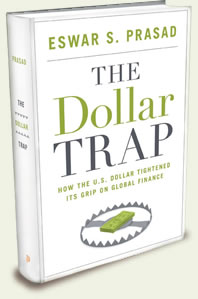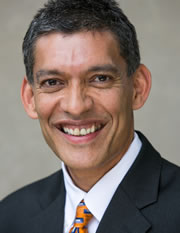Preface
The dollar will remain the dominant reserve currency for a long time to come, mostly for want of better alternatives. In international finance, it turns out, everything is relative.
Structure of the Book
The book intersperses analytical and narrative elements and is divided into four parts.
Part One: Setting the Stage
The first part summarizes the arguments that underpin the book’s thesis. The Prologue (Chapter 1) describes how certain dramatic developments in global financial markets since 2008 have played out in a curious and unanticipated manner. The sequence of economic events runs directly counter to the expected course for a country whose financial markets were imploding and whose economy was heading into a deep and pro-longed recession.
The main themes of the book are laid out in Chapter 2. It explains the origins and resilience of the dollar’s status as the principal reserve currency in the post–World War II era. The dollar has survived various threats to its dominant role in the global monetary system, allowing the U.S. to continue exploiting its “exorbitant privilege” as the purveyor of the most sought-aft er currency in global finance. Foreign investors are keen to invest in financial assets denominated in U.S. dollars, allowing the U.S. government and households to maintain high levels of consumption through cheap borrowing.
The large scale of borrowing from abroad, signified by massive U.S. current account deficits, is in fact a relatively recent phenomenon. It coincides with the latest wave of financial globalization—the surge in international financial flows—that got under way in earnest in the early 1990s. These phenomena turn out to be interrelated. Rising cross-border capital flows, particularly to and from emerging market economies, play a central role in the story told in this book.
Part Two: Building Blocks
The second part provides a guided tour through some key analytical concepts that are necessary to underpin any analysis of the international monetary system.

